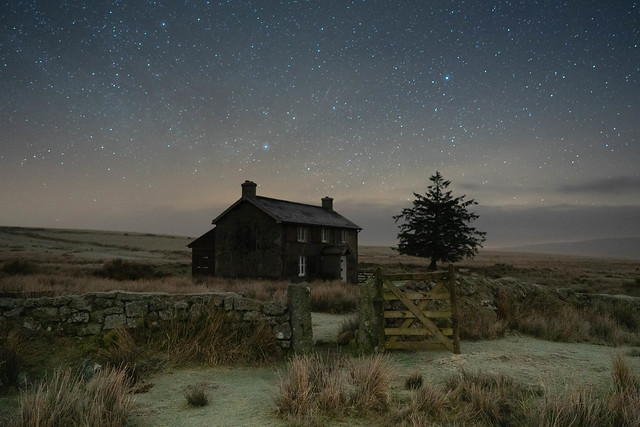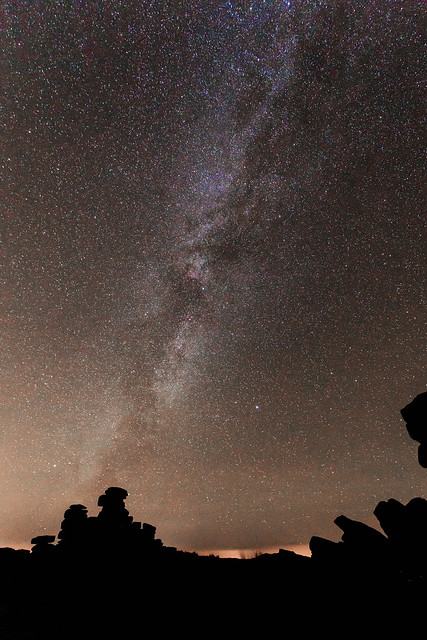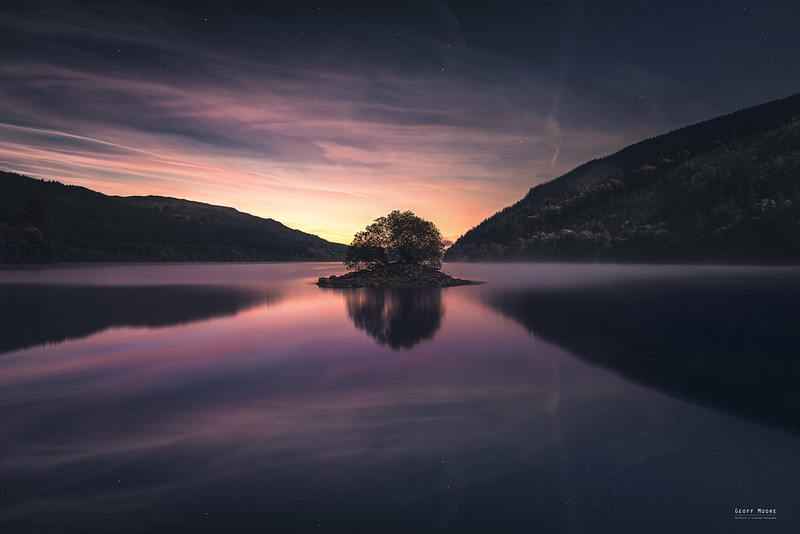- Messages
- 6,428
- Name
- Graham
- Edit My Images
- No
Wondering how others work with this.
I'm pretty comofrtable with my approach and technique to capturing stars in the landscape but foregrounds can be a pain.
I sometimes do a little light painting but I often don't love the slightly unnatural look it can give though admit it can look great.
I also have tried to do a (very) long exposure for the foreground at low ISO to blend later in PS. Trouble is, this can literally take a half hour exposure. When I'm stood in the cold in the dark with only weird noises for company, I rarely have the will power to wait that long.
I've heard a few people talk about how they grab a foreground exposure in twilight which I guess could work quite well but must be a serious time commitment to then stay on without moving the tripod and wait for the dark skies.
Just curious to hear how others approach this. .
I'm pretty comofrtable with my approach and technique to capturing stars in the landscape but foregrounds can be a pain.
I sometimes do a little light painting but I often don't love the slightly unnatural look it can give though admit it can look great.
I also have tried to do a (very) long exposure for the foreground at low ISO to blend later in PS. Trouble is, this can literally take a half hour exposure. When I'm stood in the cold in the dark with only weird noises for company, I rarely have the will power to wait that long.
I've heard a few people talk about how they grab a foreground exposure in twilight which I guess could work quite well but must be a serious time commitment to then stay on without moving the tripod and wait for the dark skies.
Just curious to hear how others approach this. .


 Battle With The Clouds
Battle With The Clouds Quarry Under The Stars
Quarry Under The Stars Noisy Nun's Cross
Noisy Nun's Cross Milky Way over Great Staple Tor
Milky Way over Great Staple Tor

 One dam night
One dam night

